Birds aren’t easy. Cooper’s (Astur cooperii) vs. Sharp-shinned (Accipiter striatus); Downy vs. Hairy (Dryobates pubescens, villosus); Lesser vs. Greater Scaup (Aythya affinis, marila).
Ducks don’t seem to rouse the same excitement as raptors or woodpeckers, but they should. A Red-breasted Merganser (Mergus serrator) clocked an “airspeed of 100 mph.”
A Common Goldelneye (Bucephala clangula) is more accessible than an American Kestrel (Falco sparverius).
There’s no duck barrier to entry, they’re not prohibitively hard to find.
Harlequin (Histrionicus histrionicus) and Wood Ducks (Aix sponsa) are extraordinarily gorgeous, but chances are you’re seeing Mallards (Anas platyrhynchos).
What else might you see?
Bufflehead
Bucephala albeola






In winter you’ll see Bufflehead. A “plump, delightful, little bird,” a fan favorite.
They dive often, “reappearing some distance away, bobbing to the surface like a little black-and-white cork.”
Ring-necked Duck
Aythya collaris



These showed me the unexpected beauty of ducks. My spark duck. What was yours?
Lesser Scaup, Greater Scaup
Aythya affinis, Aythya marila






I put them together because they look alike.
Tufted Duck
Aythya fuligula
“Tufted Ducks regularly stray to North America, where vagrants join scaup and Ring-necked Ducks.”
Long-tailed Duck
Clangula hyemalis



Their “active, perky behavior” elicits “anthropomorphic adjectives like ‘cheery,’ ‘lively,’ ‘restless,’ or ‘happy and gay.’”
Northern Pintail
Anas acuta


Green-winged Teal
Anas crecca


The smallest North American dabbling duck…recorded at 60 miles per hour!
Blue-winged Teal
Spatula discors
Northern Shoveler
Spatula clypeata
Shovel-like bills: telltale field mark and fitting namesake.
Red-breasted Merganser
Mergus serrator

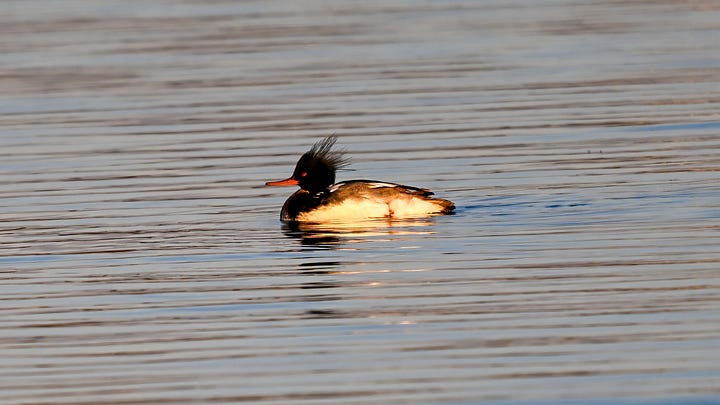


Not “Common Merganser” but I see them more commonly.
Common Merganser
Mergus merganser
wrote:We saw a single solitary female Common Merganser, Mergus merganser americanus, and can’t help but wonder if this diving duck, known to frequent both fresh and salt water, might possibly possibly be a scout for a larger group.
Common Eider
Somateria mollissima
Sea duck.
They have a unique profile.
Harlequins break lots of bones, but on rocky coasts a Common Eider is likely. Tough birds.
King Eider
Somateria spectabilis
Slightly smaller than Common. I’ve seen one just once, pointed out by birders who let me use their scope.
Gadwall
Mareca strepera
Surf Scoter
Melanitta perspicillata

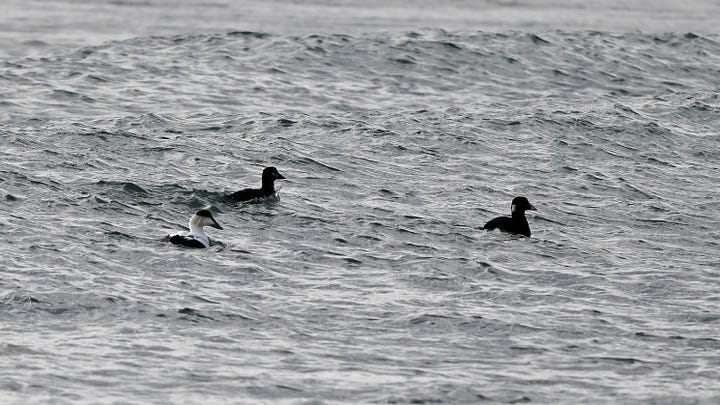
Northern Pintail is my favorite, but I love seeing a Surf Scoter.
White-winged Scoter
Melanitta deglandi
Beautiful “comma-shaped” mark by the eye.
Barrow’s Goldeneye
Bucephala islandica
The white behind the bill on Common Goldeneye is round. On Barrow’s it’s a teardrop.
Mandarin Duck
Aix galericulata
Vagrants “pop up around the country.” When I talk about the beauty of Wood and Harlequin Ducks I feel remiss not mentioning Mandarin.
Common Goldeneye
Bucephala clangula








Black Scoter
Melanitta americana


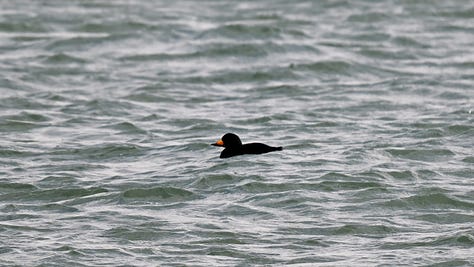
Ruddy Duck
Oxyura jamaicensis
Males hit their blue bills against their bodies to make bubbles, a courtship display.
Horned Grebe
Podiceps auritus


Red-necked Grebe
Podiceps grisegena
A grebe I’ve only seen twice and didn’t get pictures of.
Pied-billed Grebe
Podilymbus podiceps
The grebe I for no reason find least exciting. Maybe I’m a grebe snob.
Mallard
Anas platyrhynchos




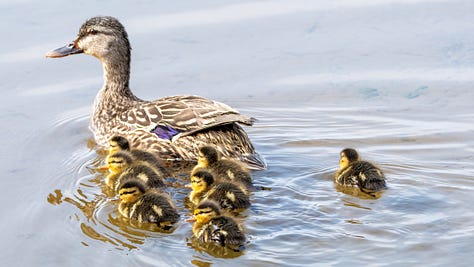




Synonymous with “duck.”
Harlequin Duck
Histrionicus histrionicus



Up there with Wood Duck for the title of comeliest. Harlequin and Bufflehead hens are confusable.


Wood Duck
Aix sponsa

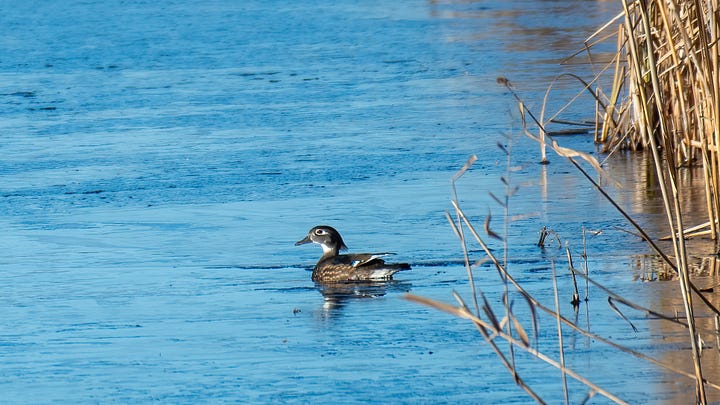


Common Loon
Gavia immer
A loon decoy I’ve had since I was eight is special to me and was brought to the hospital when I was there for a while. I vaguely recall, in semi-cognizance, telling an attending nurse, unprovoked: loons are not ducks.
Red-throated Loon
Gavia stellata


Black-bellied Whistling Duck
Dendrocygna autumnalis



Long legs, long necks, pink bills. Jonathan Franzen describes them:
A tree nester, strangely long-legged, with a candy-pink bill and a bold white eye ring, the whistling-duck was one of those birds in the field guide which I couldn't quite believe existed—something out of Marco Polo.
Texas is where Franzen saw them; I’ve seen them in Louisiana and Florida. You won’t likely see them in New England—though it’s not impossible and has happened.
Mottled Duck
Anas fulvigula
Mottled Ducks look like Mallards—so much so “hybridization, especially with Mallards, poses a real threat to the Mottled Duck’s future.”
American Black Duck
Anas rubripes
This species looks pretty identical to a Mallard. A Mallard’s bill is orange; a Black Duck’s, yellow. Both have purple speculums. A Mallard’s is bordered white; a Black Duck’s, black.
American Coot
Fulica americana
Found “just about anywhere there is a bit of water,” writes Joan E. Strassman in Slow Birding, their “white beaks and plump black bodies” make them easy to learn.
Hooded Merganser
Lophodytes cucullatus
Second-smallest merganser species—“only the Smew of Eurasia is smaller.”
Khaki Campbell Duck
Anas platyrhynchos domesticus
When I came across this big duck I didn’t know what it was. It let me get close. Khaki Campbell Duck—domestic. Explains the comfort with humans.
Geese
Geese I haven’t photographed I found Creative Commons photos for.
Canada Goose
Branta canadensis


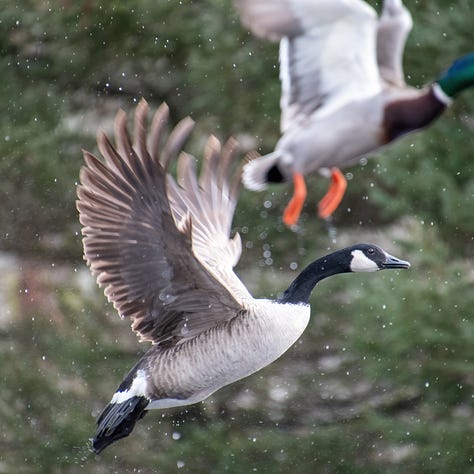
Beautiful birds, underrated. Aldo Leopold: “For us in the minority, the opportunity to see geese is more important than television.”
Brant
Branta bernicla
Brant always feel surprising, even when they aren’t.
Snow Goose
Anser caerulescens
The only time I’ve had a good look at one I didn’t have my camera.
Ross’s Goose
Anser rossii
Tiny. They can be mixed in with Snow Geese.
Pink-footed Goose
Anser brachyrhynchus
Described in Merlin: “rare but increasing winter visitor to northeastern North America, almost always with flocks of Canada Geese.”
Greater White-fronted Goose
Anser albifrons
Can a goose be ineffably beautiful?
Barnacle Goose
Branta leucopsisl
Also ineffably beautiful. Three words that don’t readily accompany each other, “ineffably beautiful goose,” but come on. Two words that do pair well: “barnacle” and “goose.” A perfect name.
Waterfowl’s magnificence feels like a secret, you have no idea until you’re in on it. When you are, you are.
After seeing a female Bufflehead keep getting close to another birder, I went over and stood next to them to admire the duck.
“I’ve just been standing here, watching her,” they said to me.
Winter brings waterfowl; waterfowl bring those moments.










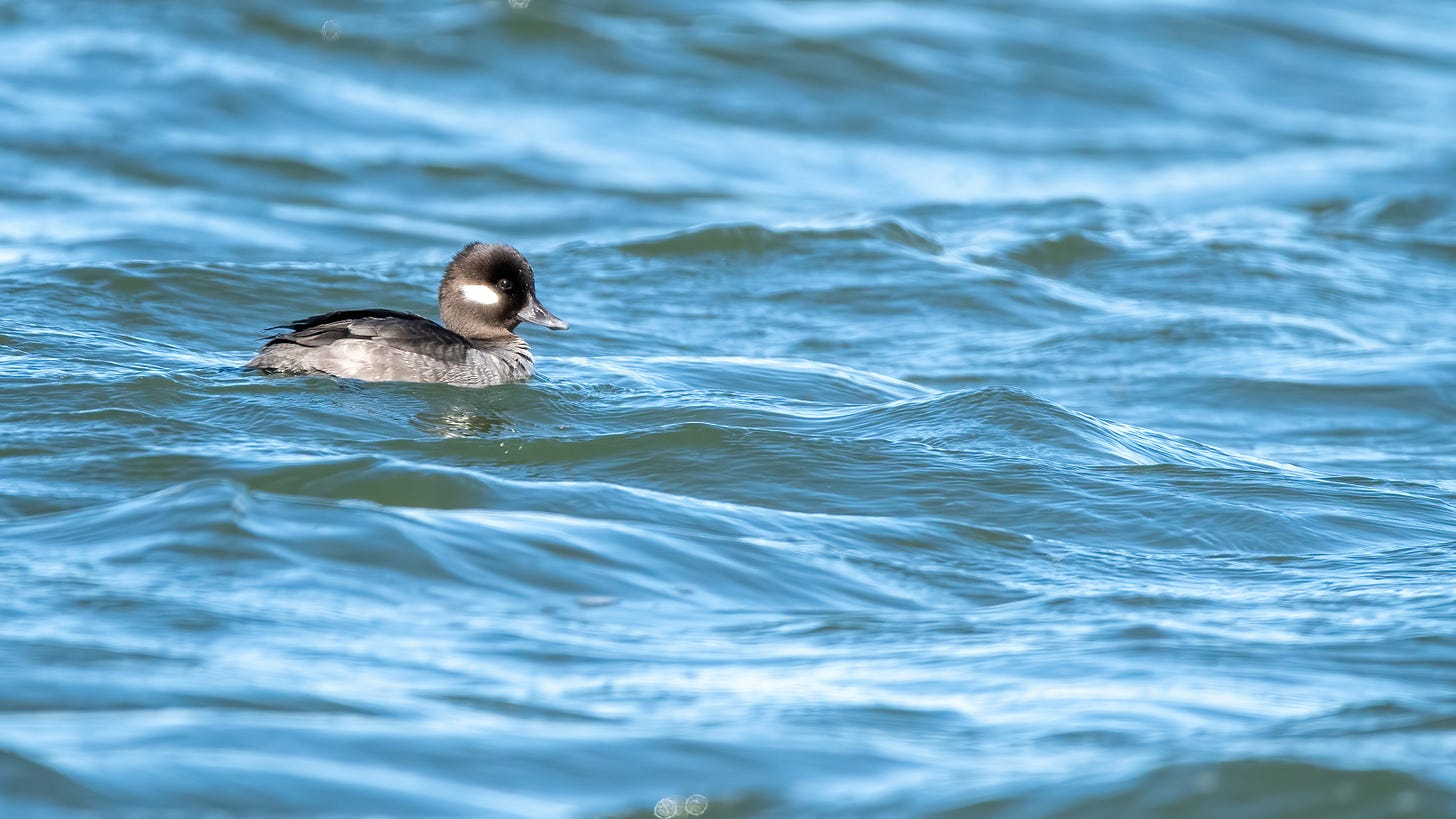
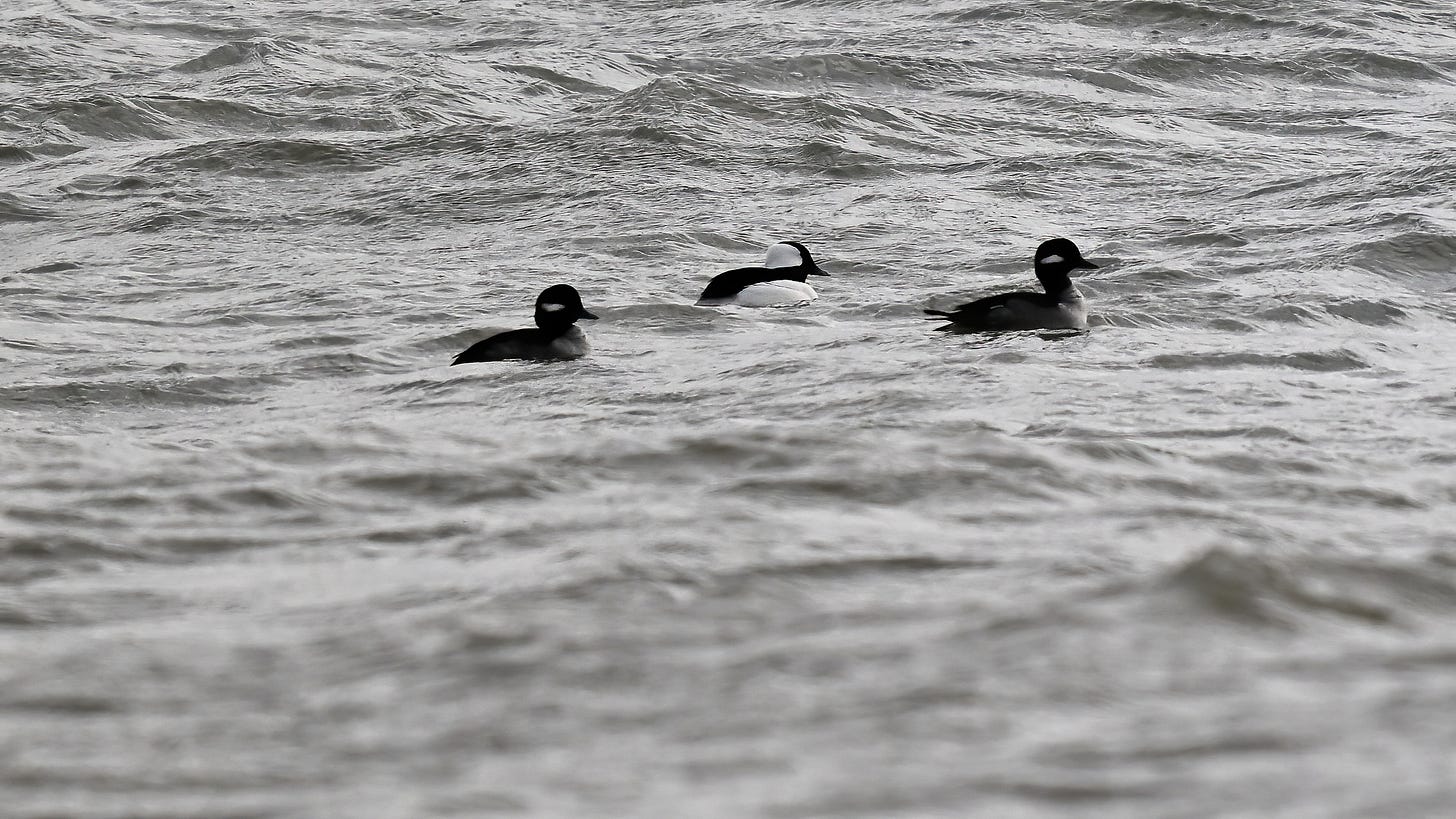
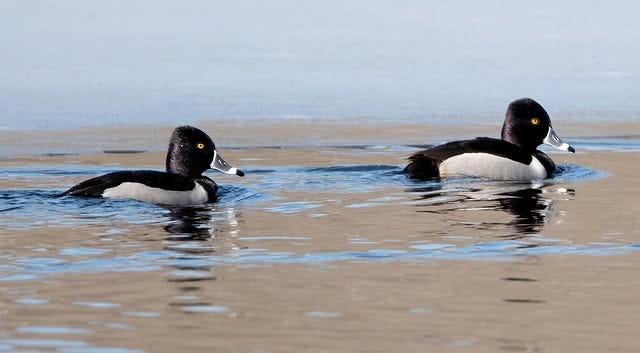

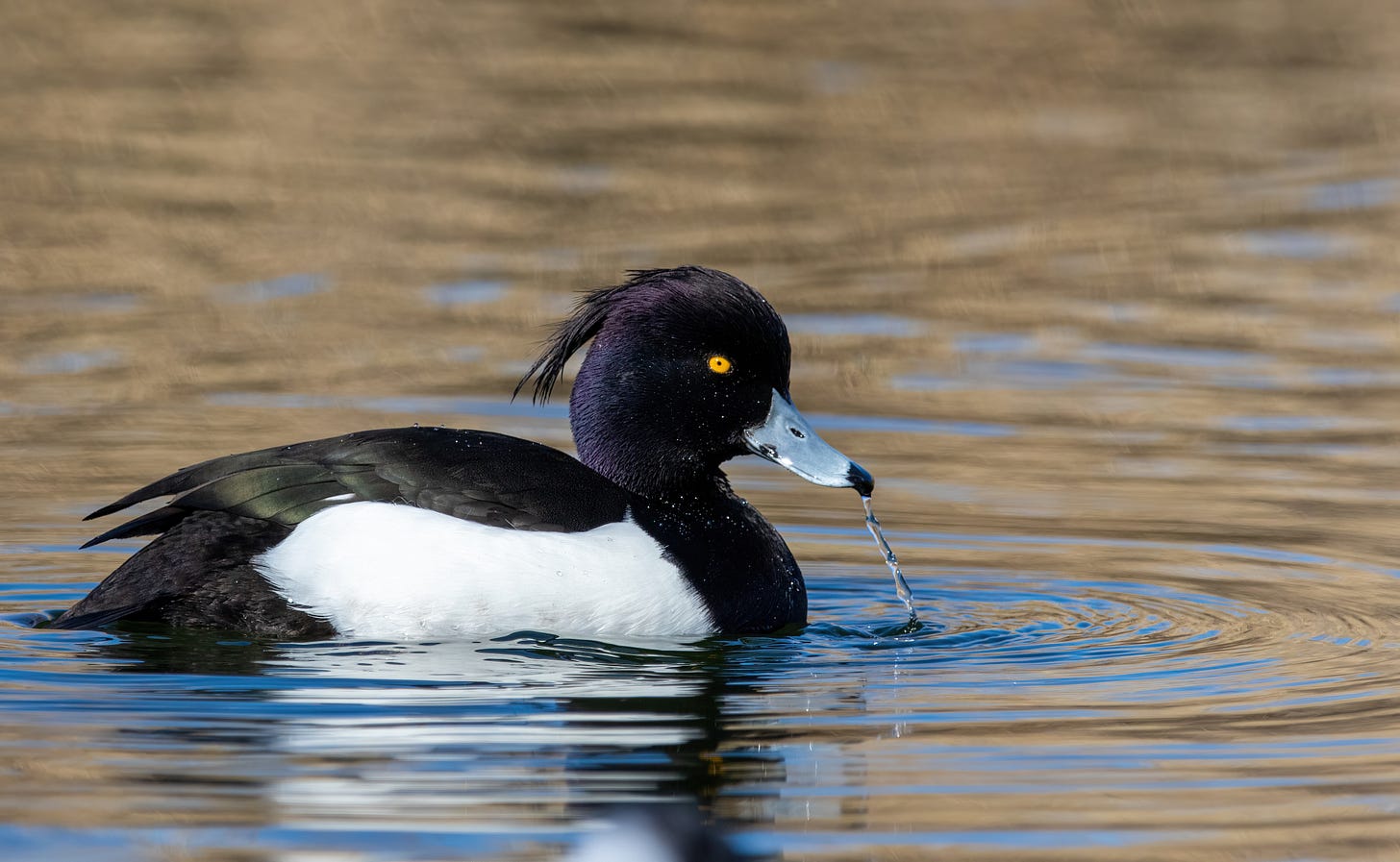




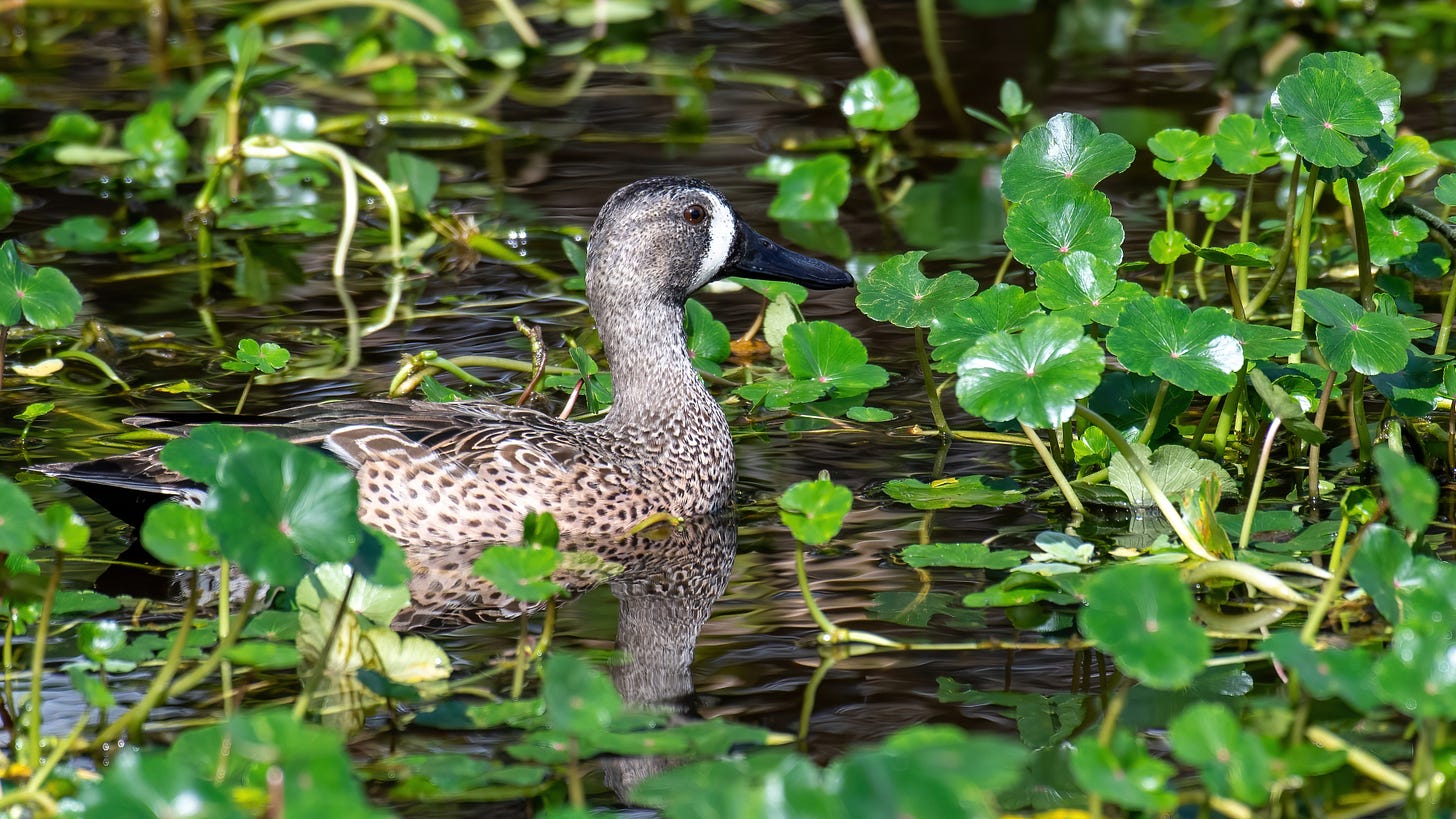
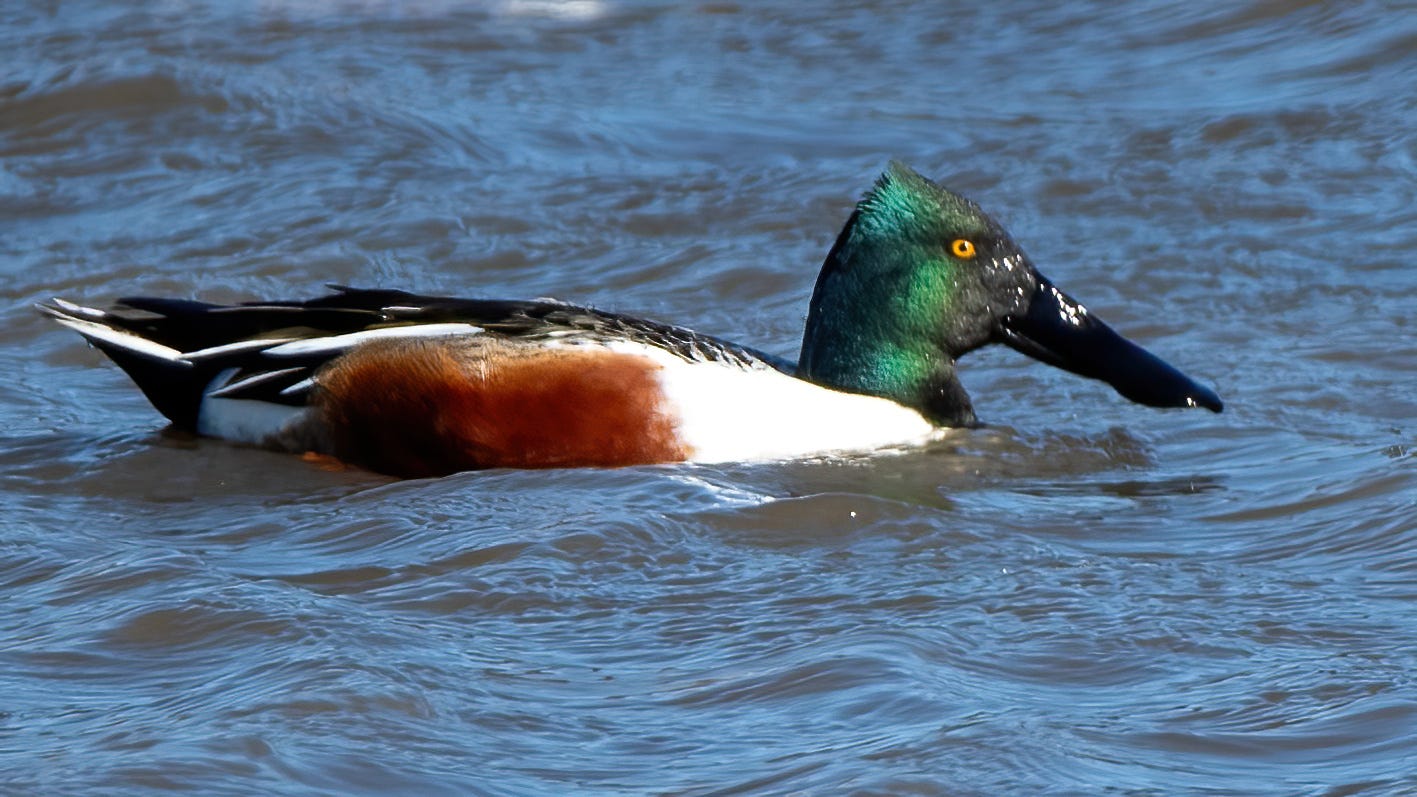









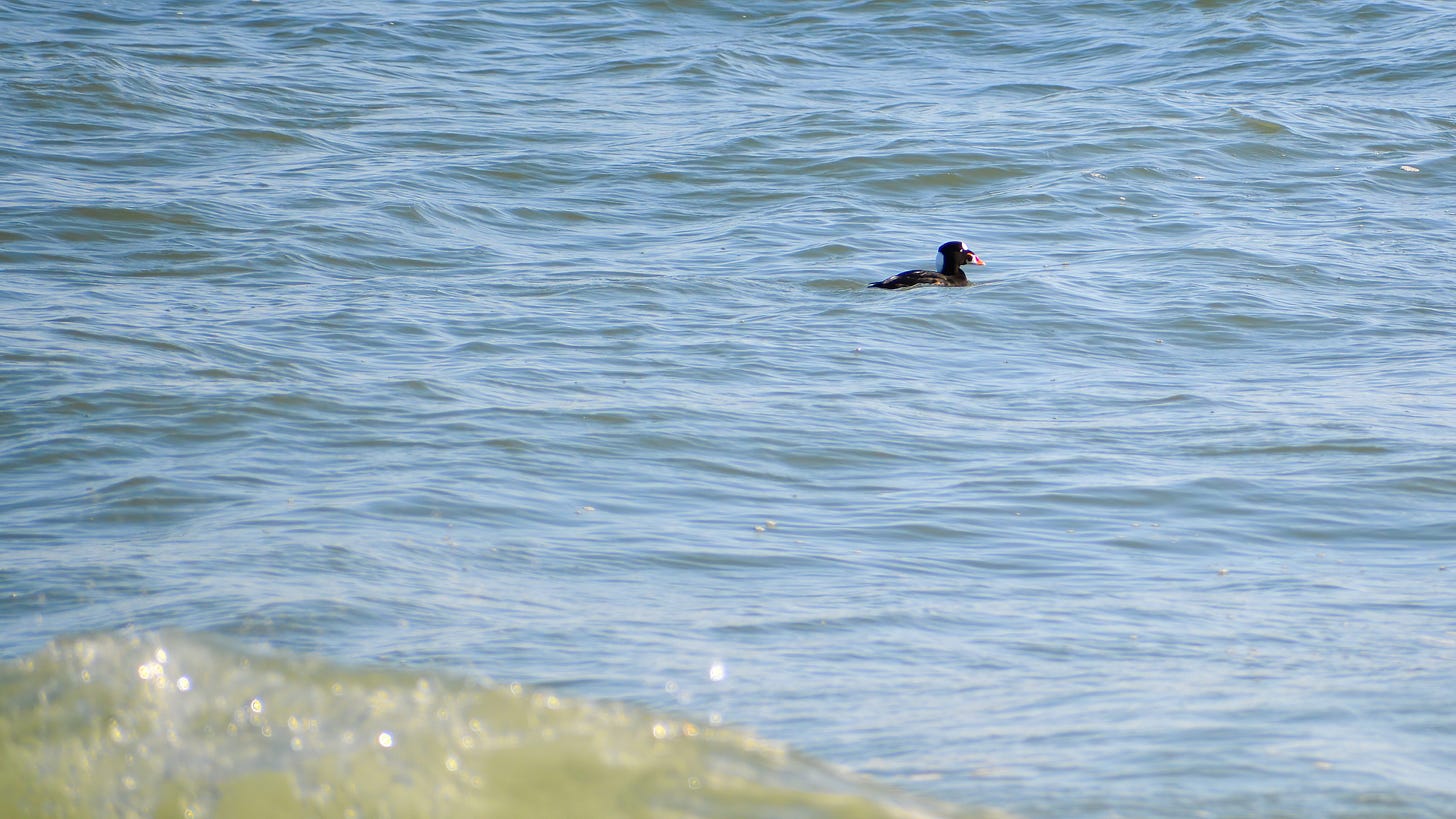

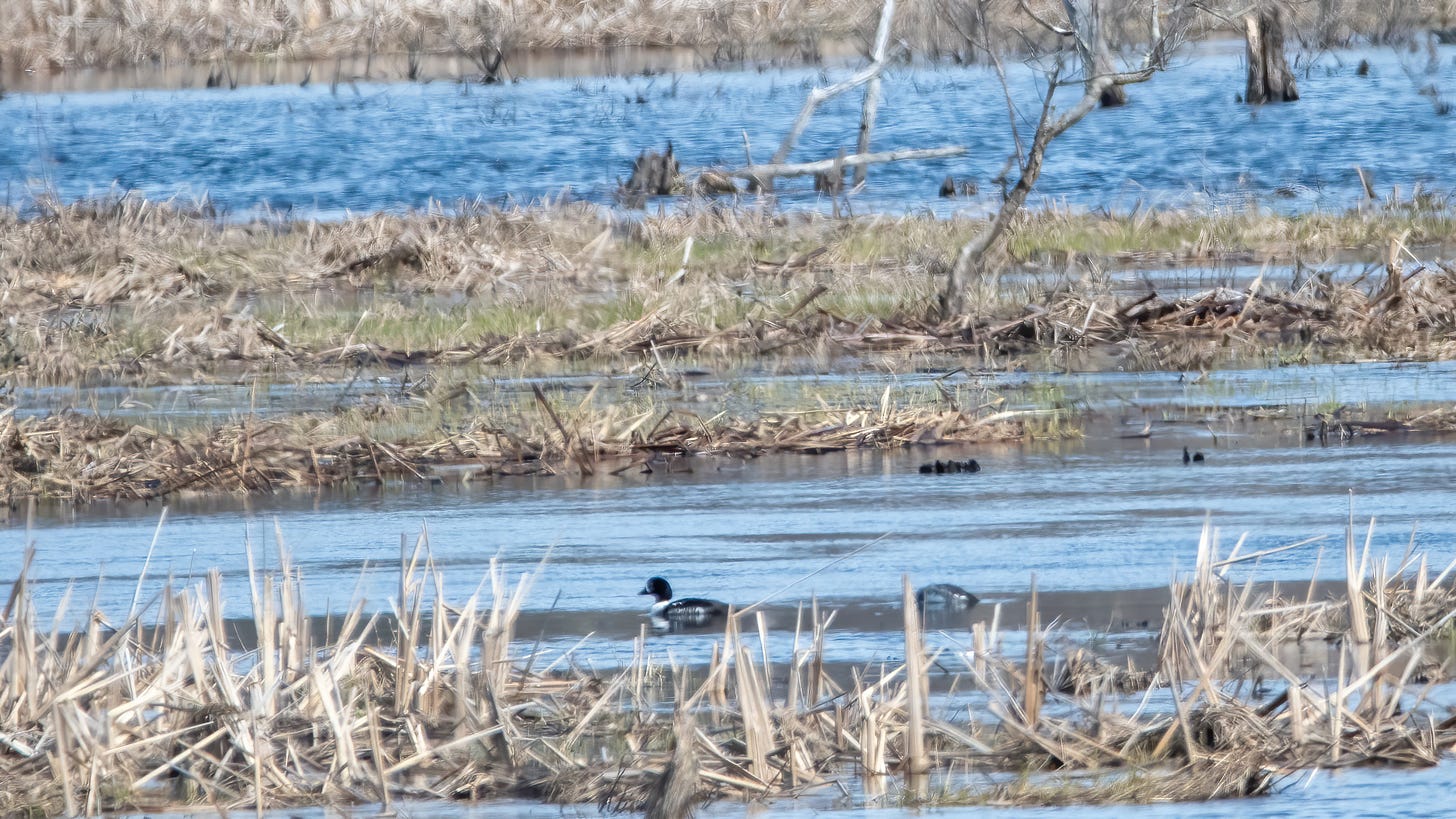



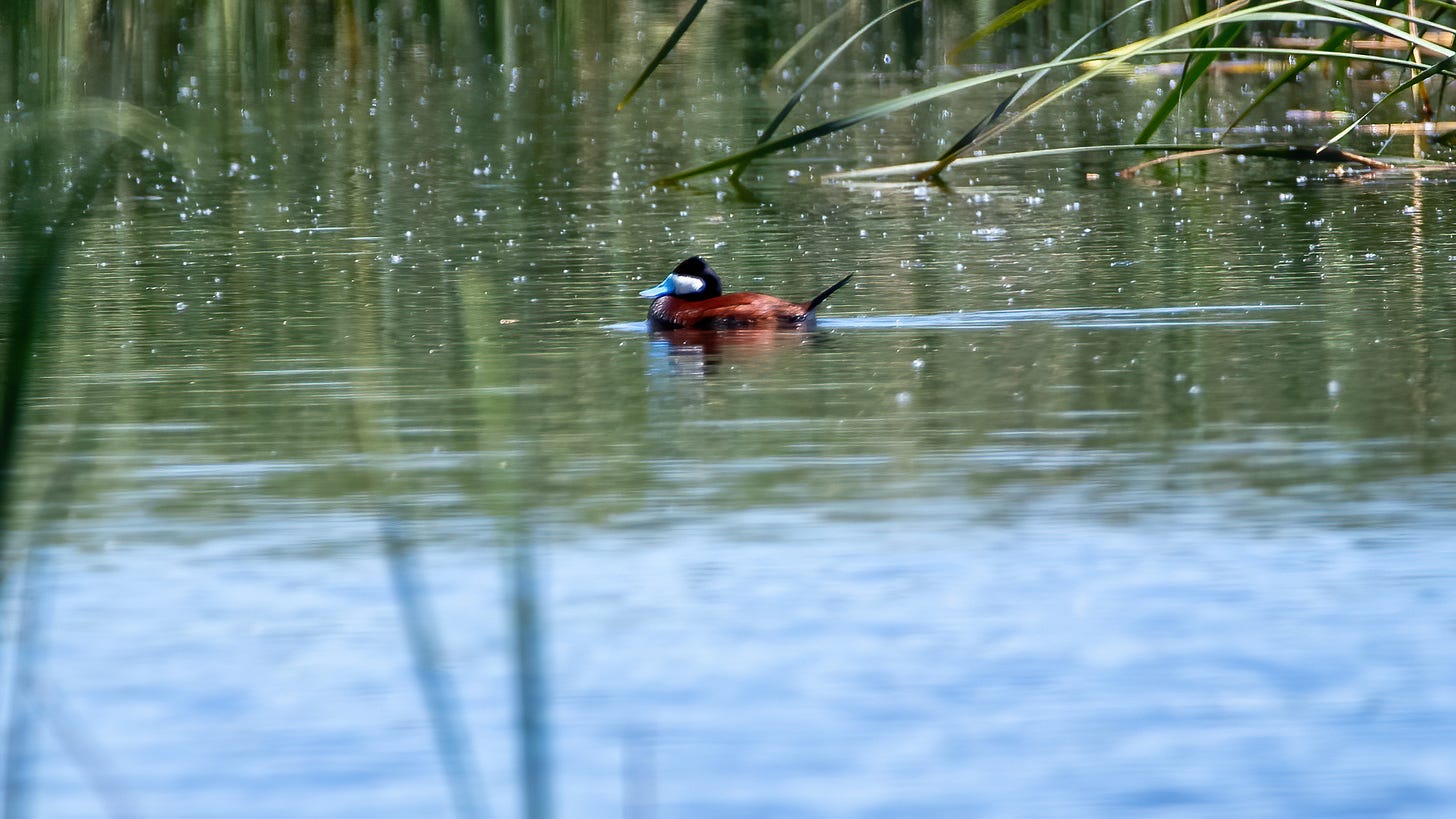





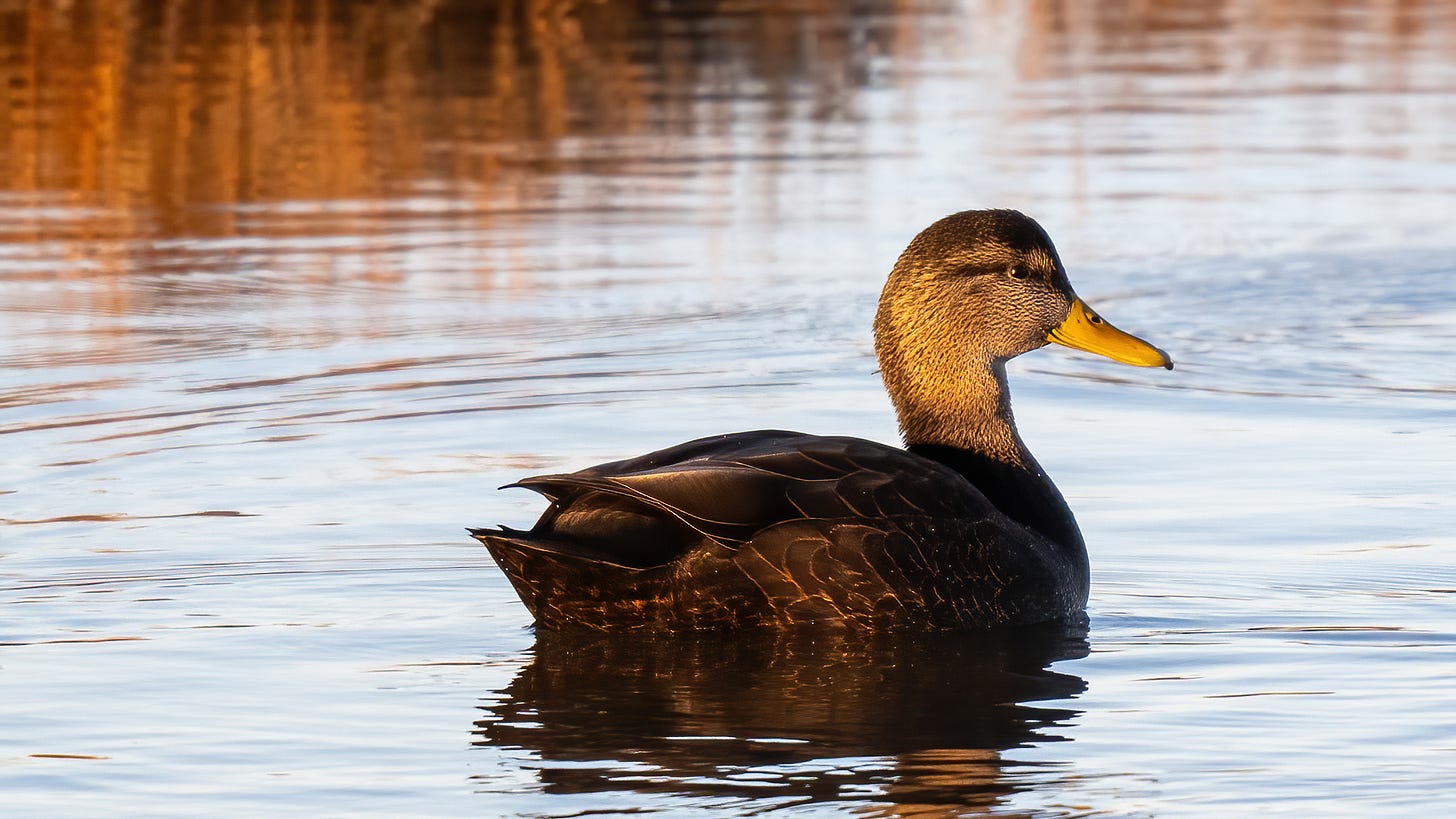










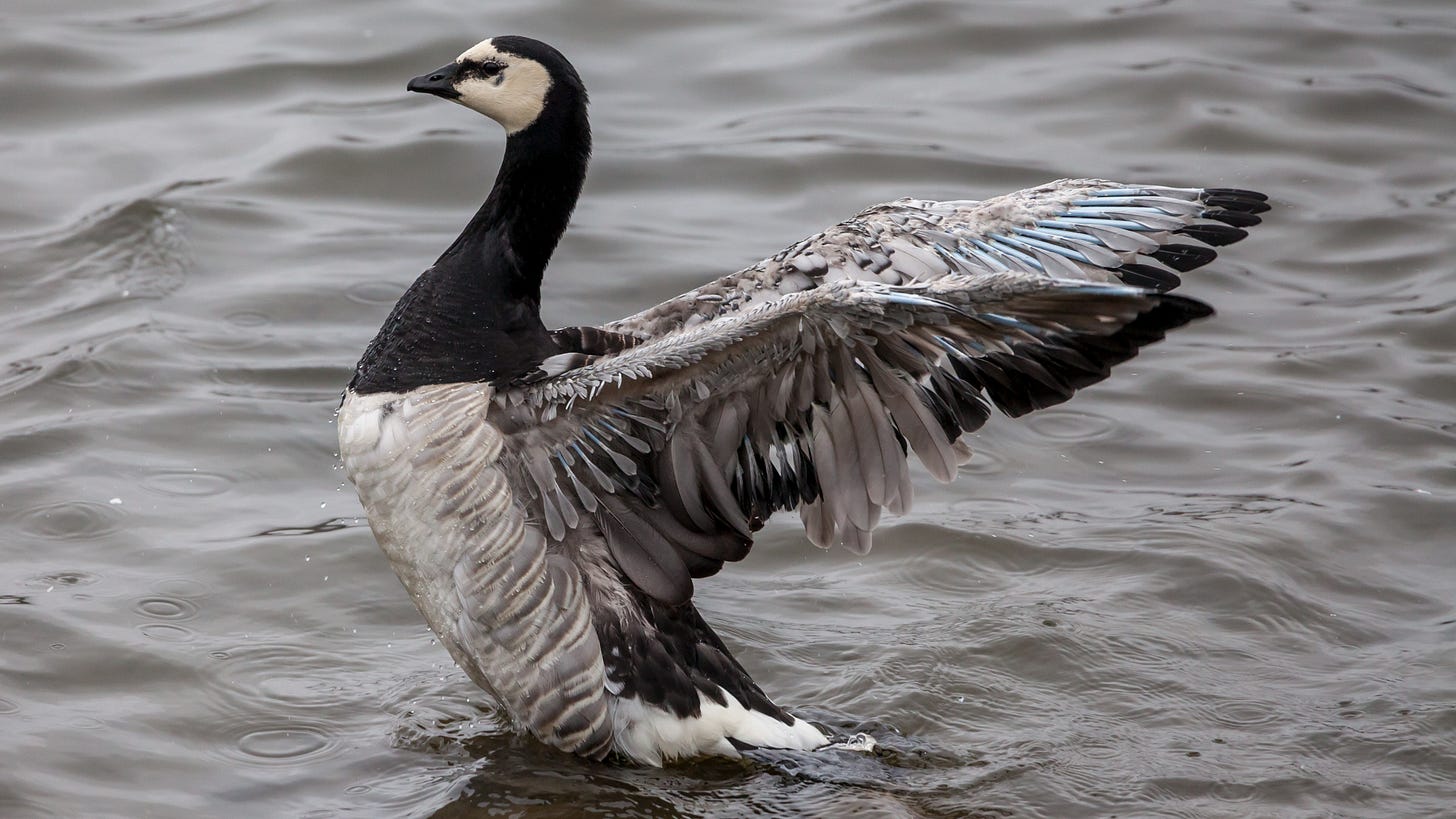



Awesome breakdown and images James. I've never seen ones like the Tufted Duck or the Long-tailed Duck. That Mandarin Duck is next level amazing. I know we had them reported occasionally down near Toronto but they have yet to make an appearance in the Ottawa area. Thanks for sharing.
Telling a nurse unprovoked, “loons are not ducks” probably had everyone sighing with relief knowing you, were in fact still you! Love these photos. Since I was introduced to birding through waterfowl, they do feel special :)